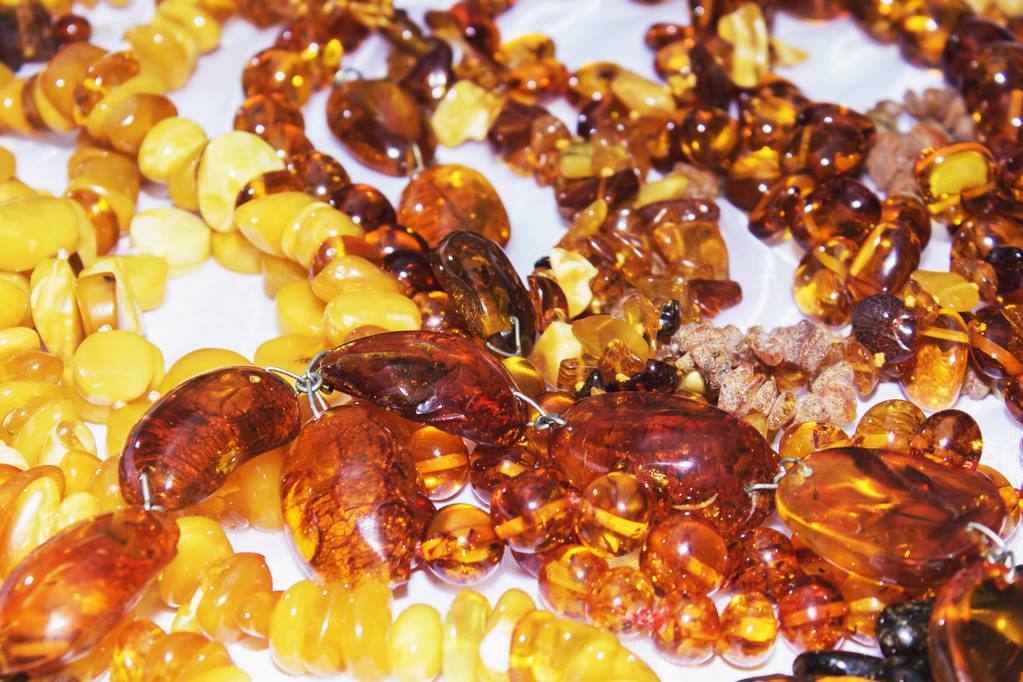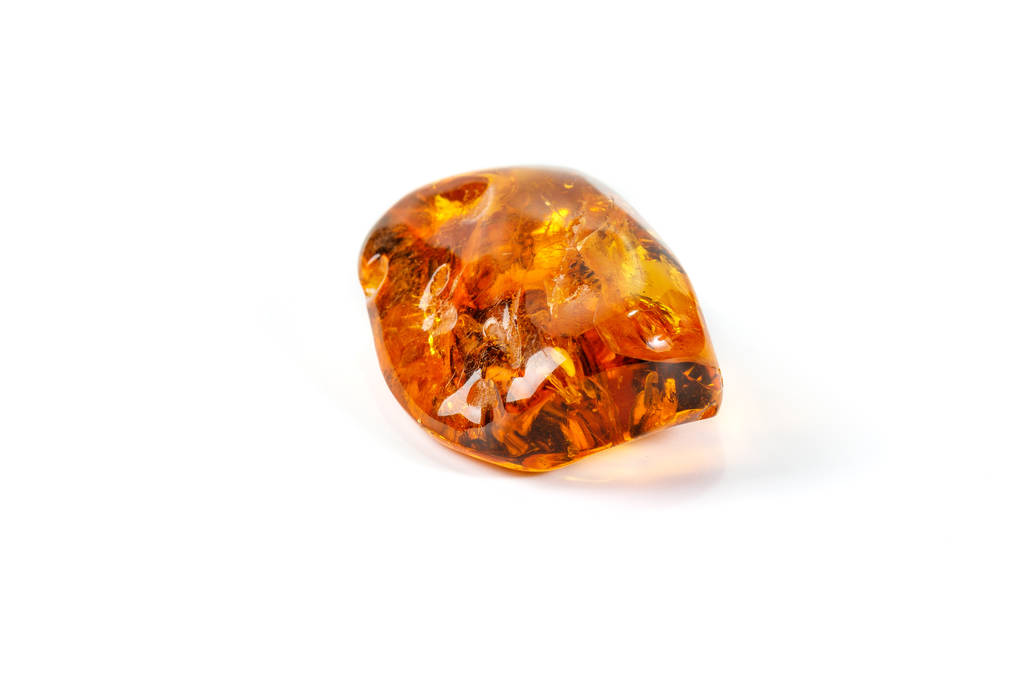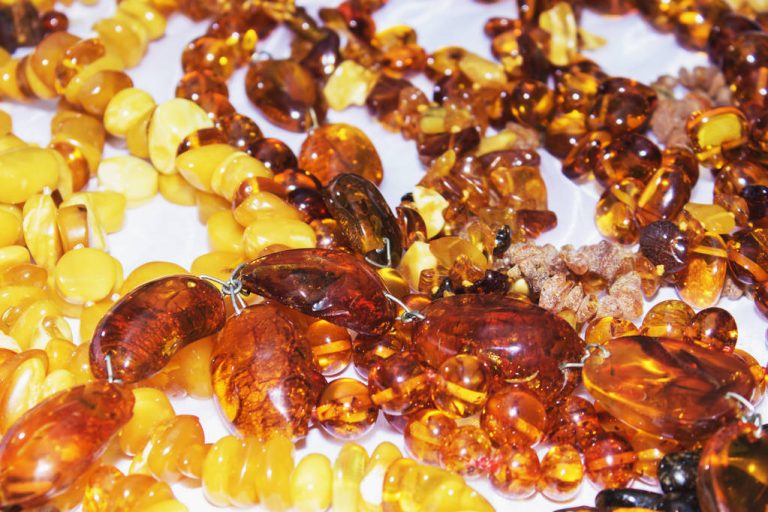Succinic acid is the new hope among renewable plastics. We explain what the organic acid can do and what the promises are.
Succinic acid is an organic acid that occurs naturally in fossil resins such as amber or lignite. It can also be found in foods such as unripe grapes, rhubarb, tomatoes, algae and mushrooms. However, succinic acid can also be obtained from carbohydrates and sugars by fermentation. This gives it great potential in the field of renewable and biodegradable plastics.
From the Latin name for amber, the acid is also known as succinic acid. The salts and esters of succinic acid are called succinates and are used particularly frequently in the food and engineering industries. You can find it as an additive on lists of ingredients under the abbreviation E 363. Since its discovery in the 16th century, succinic acid has also been used as the basis for various medicines.
Succinic acid occurs in the human organism as a breakdown product of glucose metabolism and in the urea cycle. For this reason, it is of little concern as an additive, but a proven maximum amount has not yet been researched. The US Food and Drug Administration (FDA) emphasizes that only so little is buried in food that it is always harmless. However, the FDA says you should be careful with amber necklaces for infants, as it is not clear how much succinic acid gets into the body and how much babies can tolerate.

Succinic acid and its use
Both the food industry and the building materials and technology industries use succinic acid in various areas. It is also used as a base for medicines and cosmetics.

Food industry:
Succinic acid (E 363) is used as a flavor enhancer in ready-to-eat desserts, powdered drinks and beverages and in preserves because of its acidic, salty to meaty umami taste.
As a component of wine fermentation, succinic acid gives wine either a bitter taste or, after further processing (“esterification”), a mildly fruity taste.
Spices and general flavor enhancers
Construction and engineering industry:
Car parts (plugs, insulators, wheel trims, gear sticks, and much more)
Plasticizers and solvents (from so-called sustainable “Bioethanol 2.0”)
Lacquers and dyes
deicing agent
photo developer
Medicine and cosmetics:
makes medicines water soluble and longer lasting
helps medical substances to be more easily absorbed by the body
can prevent anaphylactic shock (acute allergic reaction).
medical plastic and disposable items
Amber necklaces for babies (against the pain of teething)
component of perfumes
soaps, lotions, moisturizers
cosmetic packaging
Anti-Acne Agents: When applied topically, succinic acid can inhibit the inflammation of acne pimples. This has been proven so far at least in a test on mice.

